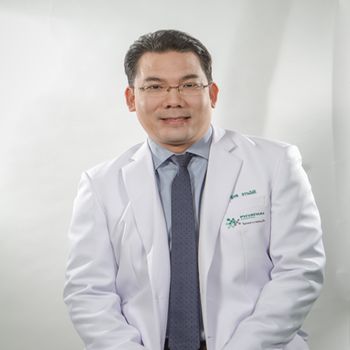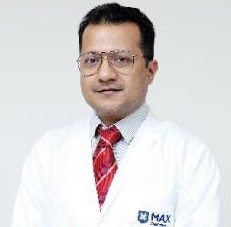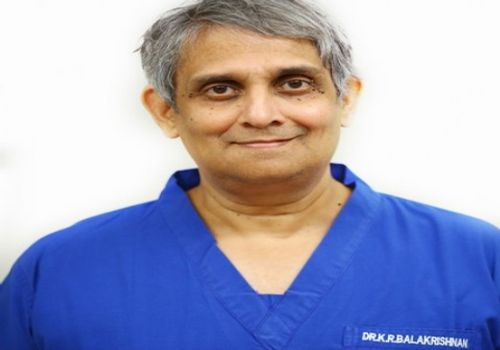Atrial Septal Defect in Adults

Atrial Septal Defect (ASD)
ASD is a congenital disability in which the heart of the patient stays underdeveloped resulting in causing a hole between the atria (heart’s upper chambers). However, it is not necessary that babies will be diagnosed with Atrial Septal Defect at the time of their birth. Some babies are born with zero symptoms of ASD, who might not experience anything unnatural until they are 30 years old.
In some cases, small ASD has been known to close naturally with the age and growth of the patient. However, medium or large sized ASDs require a treatment that might include device implantation or surgical correction.
Atrial Septal Defect In Adults
If the patient is not diagnosed with Atrial Septal Defect until his/her adulthood, the prolonged damage on the lungs and heart, without any treatment can shorten their life. Diagnosis of ASD at a young age allows the patients to get the treatment at the right time, allowing them to recover naturally via medication. Even if the patient requires immediate surgery, he/she will be able to recover faster from the surgery at a younger age.
Atrial Septal Defect
An ASD or Atrial Septal Defect is a condition in which the patient is born with a hole between his/her atria. Usually, ASD is diagnosed in most patients during their regular checkups.
ASD can be diagnosed through the following medical tests:
Chest X-ray – helps in examining the condition of the patient’s lungs and heart.
Echocardiogram – is mostly used for checking an atrial septal defect. It uses sound waves for producing heart images, which allows the doctor to examine the heart chambers. It can also be used for measuring the pumping strength of the heart.
Electrocardiogram (ECG) – helps in identifying heart rhythm problems, by recording the electrical activity of the heart.
Cardiac Catheterization – is performed using a catheter (thin tube) that is inserted into the patient’s blood vessel from his/her arm or groin and guided to the heart. It helps in identifying congenital heart defects, examining the function of the heart.
MRI (Magnetic Resonance Imaging) – uses magnetic radio waves to produce 3-D image of the patient’s heart that highlights all the defects or problems in the heart.
Symptoms of Atrial Septal Defect
Fatigue
Sudden Shortness of Breath
Heart Palpitations
Swelling in Abdomen, feet or legs
Heart Murmurs
In some cases, these symptoms of Atrial Septal Defect can progress with age and might hit the patient at 10, 20, or 30 years after their birth.
Treatment
Medical Monitoring
If the patient is diagnosed with ASD at an early age, the cardiologist might recommend the patient’s parents to monitor his/her heart rate, closely to decide the suitable treatment for him. This might include taking regular medications or undergoing surgery.
Medications
Medications won’t provide the permanent solution, as they won't help in closing or repairing the hole, but they might help in reducing the symptoms that accompany ASD. Drugs can be used for lowering down the risk factors before and after the surgery.
Some of these medicines include:
Beta Blockers – helps in keeping the heartbeat regular
Anticoagulants – helps in reducing the risk of developing blood clots. It also helps in dissolving existing blood clots.
Surgery
Most doctors recommend dealing with the atrial defect at a young age, (if diagnosed) permanently using a surgery, to prevent the complication that might be experienced in treating an adult. However, it is avoided for patients with severe pulmonary hypertension as that might worsen the patient’s condition.
Here, are a few surgical methods that are used for treating ASD:
Cardiac Catheterization
This procedure is performed with the help of a catheter, a thin tube, which is pushed inside the blood vessel that goes towards the heart of the patient inserted inside through his/her arm or groin, using imaging technique. A mesh plug or patch is attached on the catheter for closing the hole in the patient’s heart.
Cardiac Catheterization can be used for treating small atrial septal only.
Open-Heart Surgery
One of the most complicated surgery, open-heart surgery is performed by putting large incisions on the patient, and then cutting his/her chest bone to gain access to the heart. Atrial Defects like sinus venosus, primum, and coronary sinus, can only be treated with open-heart surgery.
This procedure can also be performed using robotic surgery, a minimally invasive surgery that uses smaller incisions during the operation.
FAQs
How much time is required form recovering from Atrial Septal Defect?
Depending on the size of the hole, type of treatment used and the age, the time required for the patient to recover can vary. If the patient has a small ASD he/she might be able to recover naturally using medicines that can take a year or two. And if a patient uses a surgical method for the treatment, he/she might get rid of the ASD instantly, but it can take him/her months to recover from the surgery.
What is the cost of Open-Heart Surgery?
The cost of Open-heart surgery in India starts from USD 4,500 depending on the devices used in operation and days spent in the hospital, which are subject to change for each case.
Explore Medmonks.com to learn more about Atrial Septal Defect and the possible treatment that might help in increasing the lifespan of the patient.





